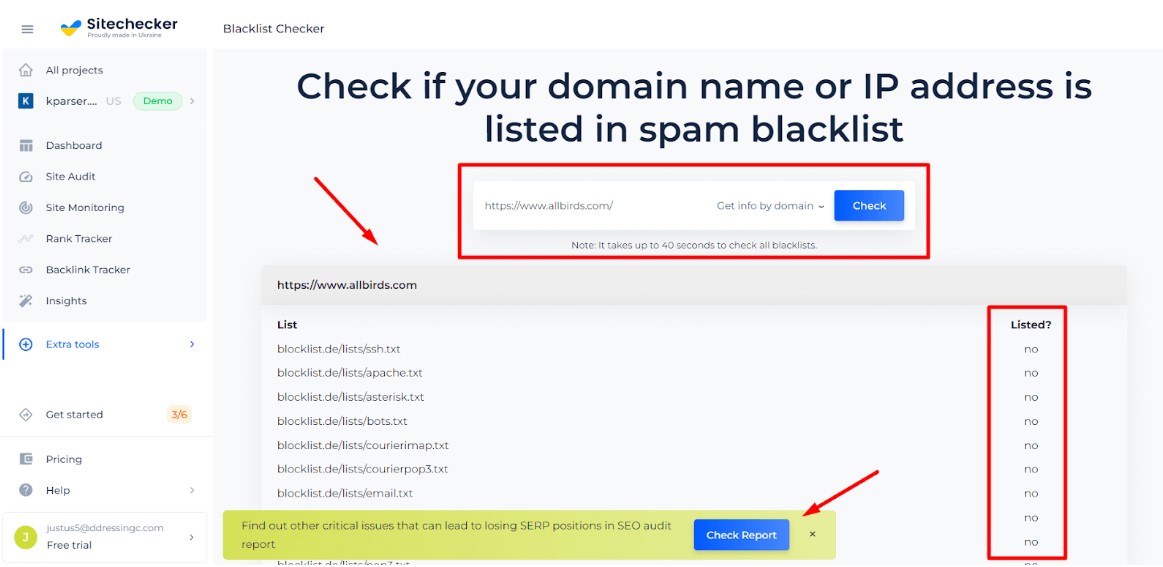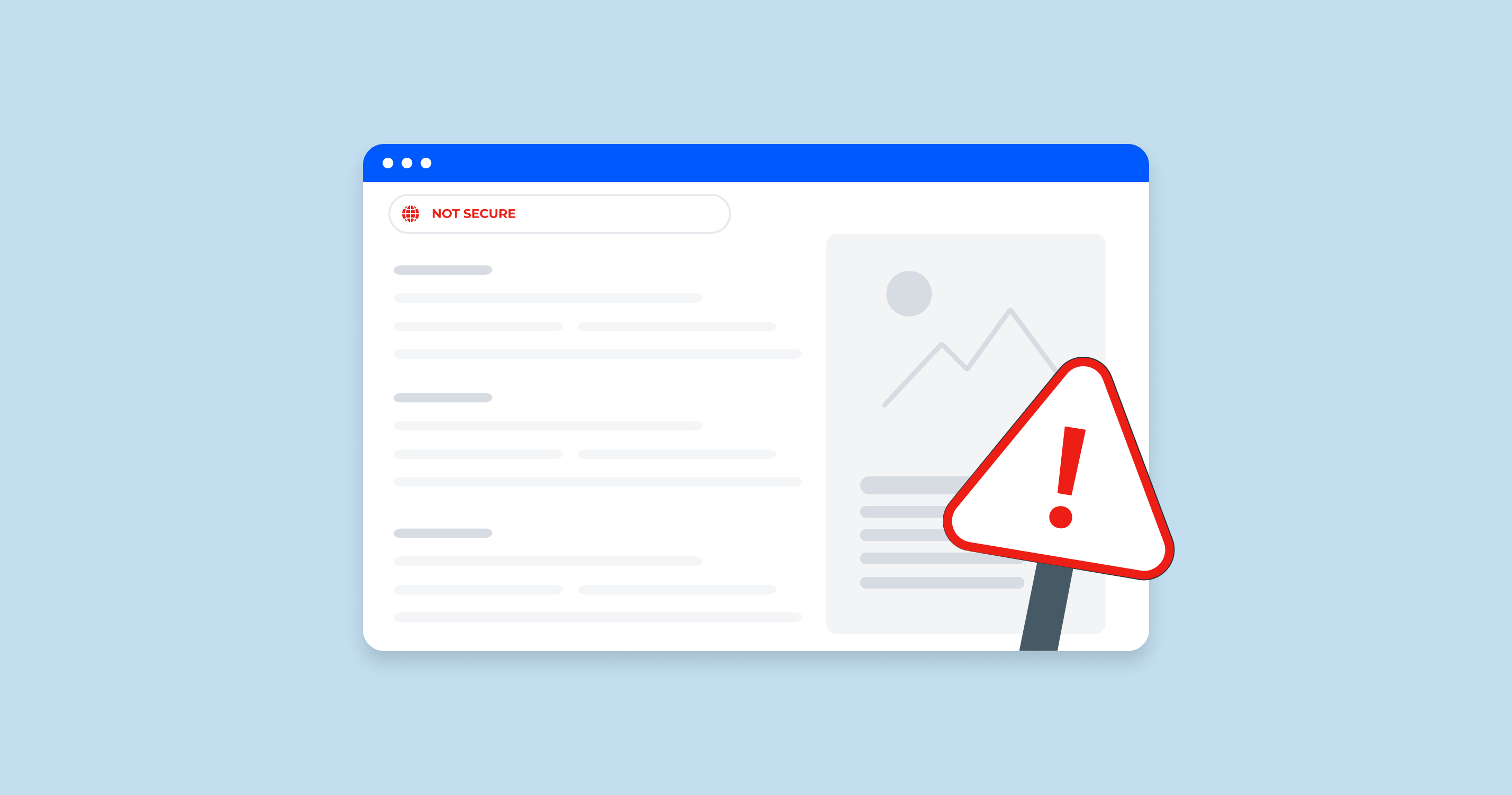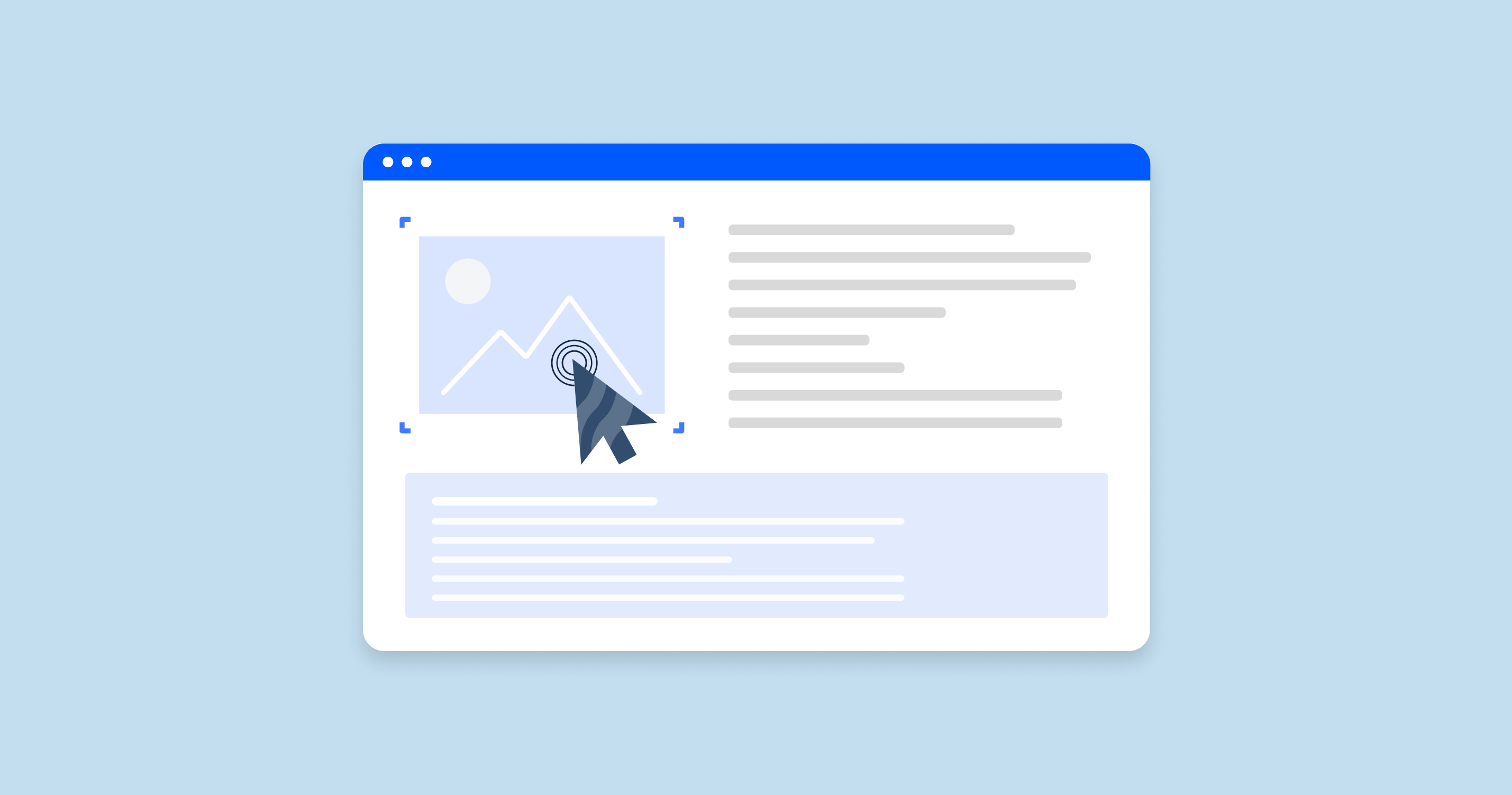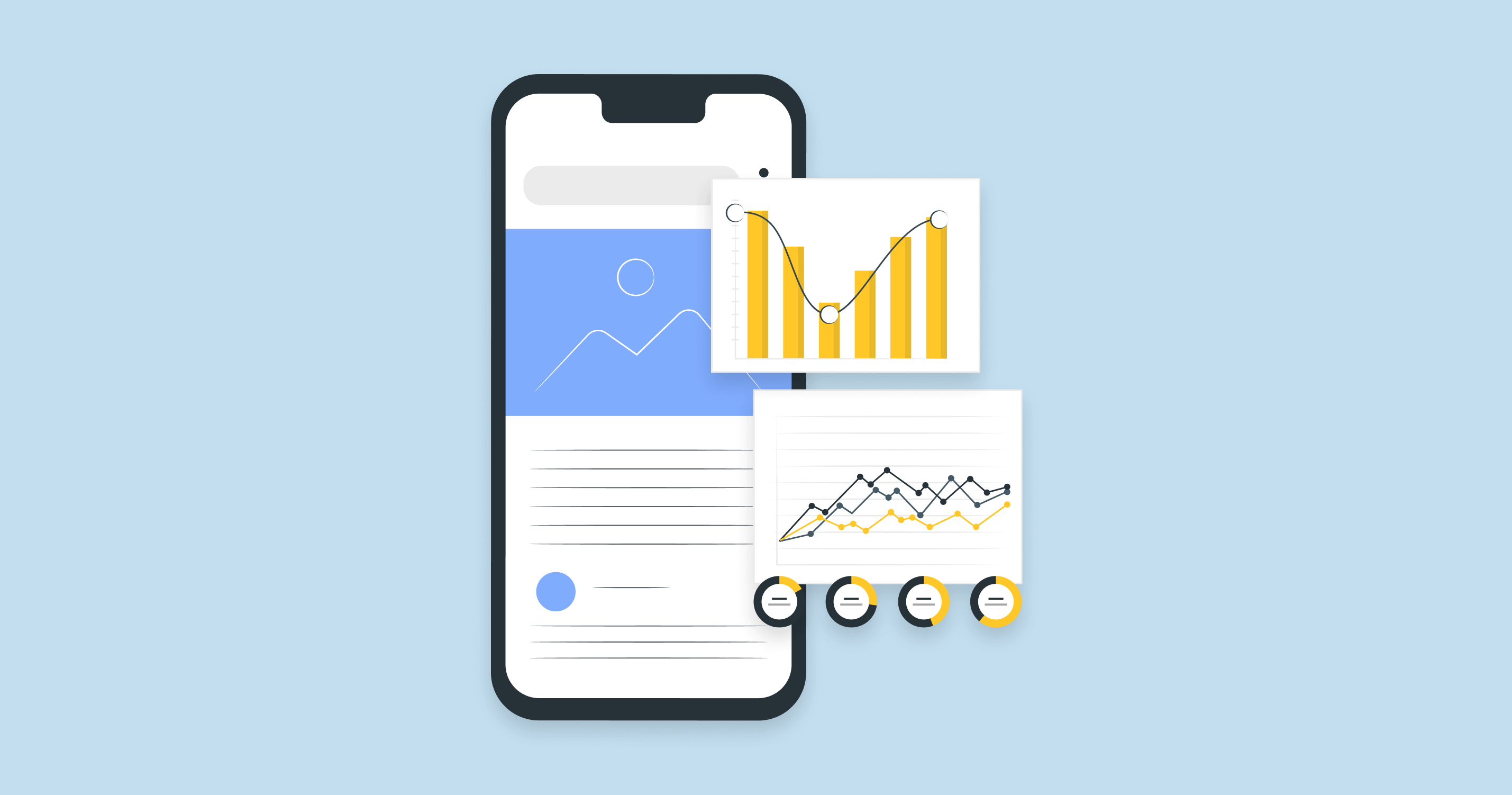What is Website Security?
Website security refers to the measures and strategies implemented to safeguard a website and its data from threats, cyber-attacks, and unauthorized access. With the vast expansion of the digital world, the significance of website security has surged. It’s not just about protecting the website owner’s data but also ensuring the safety of the site’s visitors.
Key Components of Website Security:
| Protection Against Malware | Malware, short for malicious software, includes viruses, worms, trojans, ransomware, and spyware. Effective website security helps in detecting and removing malware before it can harm the website or its users. |
| Secure Socket Layer (SSL) Certificates | These are cryptographic protocols that provide a secure channel between two machines or devices operating over the internet or an internal network. Websites with SSL show ‘https://’ before their web address, ensuring visitors that their connection is secure. |
| Firewalls | Firewalls act as a barrier between a trusted network (like your website) and untrusted networks (like the internet). They monitor and control incoming and outgoing network traffic based on predetermined security policies. |
| Regular Updates | Website platforms, plugins, and third-party tools often release updates. These updates frequently contain security enhancements to address any vulnerabilities discovered since the last version. Regularly updating these elements is crucial for website security. |
| Data Encryption | Encryption converts data into a code, preventing unauthorized access. Encrypted data requires a decryption key or password to be read, adding an extra layer of security for sensitive information. |
| Backup and Restore | Regular backups ensure that in the event of a cyber-attack, data loss, or other unforeseen issues, a website can be restored to its previous state. Automated backups can save time and reduce the risk of data loss. |
| User Access Controls | Limiting the number of individuals who can access the backend of a website minimizes potential security breaches. Strong password policies and two-factor authentication further solidify this aspect of security. |
Why is Website Security Important?
Website security is paramount not just for the site owner but also for the users. An insecure website can lead to data breaches, where sensitive information like user credentials, credit card numbers, and personal data can be stolen. Moreover, search engines like Google prioritize secure websites, often penalizing insecure sites with lower rankings. Beyond the tangible consequences, an insecure website can also tarnish a company’s reputation and erode trust among its users.
In conclusion, as cyber threats evolve, ensuring robust website security is essential for protecting data, maintaining functionality, and safeguarding credibility. Incorporating SSL Certificate Monitoring helps maintain a secure environment by ensuring SSL certificates remain valid and configured correctly, preventing security lapses that could lead to breaches or penalties.
Why is My Website Showing a ‘Not Secure’ Message?
With the evolving landscape of the internet, users and search engines alike prioritize security. If you’ve ever visited a website and seen a ‘Not Secure’ message in the browser’s address bar, it might have caused you a moment of panic. But what does it really mean, and why does it show up? Let’s delve into this issue.
HTTP websites are not secure
HTTP, or Hypertext Transfer Protocol, is the foundation of data communication on the web. However, HTTP is not encrypted, meaning any data transmitted between your browser and the website, be it passwords or credit card numbers, is sent in plain text. This leaves the data vulnerable to eavesdropping or interception by cybercriminals.
Because of this inherent vulnerability, many browsers, including Google Chrome and Mozilla Firefox, have started flagging websites that only use HTTP as ‘Not Secure.’ The intention is to alert users about the potential risk they are taking by inputting personal data on these websites.
HTTPS websites are secure
In contrast to HTTP, HTTPS (Hypertext Transfer Protocol Secure) is the secure version of HTTP. Websites using HTTPS encrypt the data transmitted between the browser and the server, ensuring that the data remains confidential and intact.
The “S” in HTTPS stands for ‘Secure,’ and it’s made possible by SSL (Secure Socket Layer) or its successor, TLS (Transport Layer Security). These protocols encrypt the information, making it unreadable to anyone except for the server you’re sending the information to.
When a website uses HTTPS, it generally displays a padlock icon in the browser’s address bar, indicating that the connection is secure. This reassures users that their data, such as login details or payment information, is safe from prying eyes.
“Not secure” doesn’t mean your computer is infected
It’s crucial to clarify a common misconception: seeing a ‘Not Secure’ warning does not mean that your computer is infected with malware or a virus. Instead, it’s the browser’s way of informing you that the website you’re visiting isn’t using a secure connection and that any data you provide could potentially be intercepted by third parties.
However, it’s worth noting that while a ‘Not Secure’ warning indicates a lack of encryption, it doesn’t necessarily mean the website itself is malicious. Many legitimate websites might still be using HTTP, especially older ones. But as a best practice, avoid entering personal or sensitive information on non-HTTPS websites.
In conclusion, the ‘Not Secure’ warning serves as a vital reminder to prioritize online safety. As a website owner, transitioning to a secure HTTPS is crucial for ensuring user trust and data security. As a user, being aware of the distinction between HTTP and HTTPS can significantly enhance your online safety.
How Do You Know if Your Website is Secure?
Ensuring the security of your website is paramount in the age of cyber threats and privacy concerns. Not only does a secure website protect sensitive data and maintain user trust, but it also boosts SEO rankings and overall credibility. But how can you ascertain if your website is genuinely secure? Here are some indicators and tools to help you make that determination.
- Look for HTTPS in the URL:
The simplest way to check if a website is secure is to look for “HTTPS” at the beginning of its URL, instead of just “HTTP”. As previously mentioned, HTTPS indicates that the website uses encryption to protect data transmitted between the server and the user. Along with HTTPS, a padlock icon in the address bar typically represents a secure connection.
- SSL Certificate Validation:
Secure Socket Layer (SSL) or its successor, Transport Layer Security (TLS), are cryptographic protocols that provide secure communication over a network. Websites can obtain an SSL certificate from a trusted Certificate Authority (CA). You can click on the padlock icon in the address bar to view and verify a site’s SSL certificate.
- Regularly Scan for Malware:
Employ website scanning tools that can periodically check your site for malicious software or vulnerabilities. Tools like Sucuri SiteCheck, Wordfence, or Quttera can scan your site for malware and other potential threats.
- Website Security Plugins:
For websites built on content management systems (CMS) like WordPress, numerous security plugins can bolster a site’s security and safety. These plugins can monitor and report vulnerabilities, enforce strong password policies, and protect against brute force attacks.
- Check for Regular Updates:
Ensure that the CMS, plugins, themes, and other tools your website relies on are up-to-date. Developers regularly release updates to patch known vulnerabilities, so regularly updating is a proactive security measure.
- Implement a Web Application Firewall (WAF):
A WAF sits between your website server and data connection and reads every bit of data passing through it. It’s a protective barrier against common threats like SQL injection attacks, cross-site forgery, and cross-site scripting.
- Use a Content Delivery Network (CDN):
CDNs not only help in loading website content faster but also offer security features like DDoS protection, traffic filtering, and secure sockets layer (SSL) encryption.
- Regular Backups:
Ensure that you have a system in place for regular website backups. In the event of a cyber-attack or accidental data loss, you can restore your website to its previous state.
- Strong Password Policies:
Implement policies that require users to set strong, unique passwords or the use of a password manager tool. Two-factor authentication can further bolster login security.
- User Reviews and Feedback:
Pay attention to feedback from your users. If they encounter security warnings or experience suspicious activity, they might be the first to alert you.
By keeping an eye out for these indicators and utilizing the mentioned tools and practices, you can maintain a robust security posture for your website. Regular audits and staying updated with the latest security trends will further ensure that your site remains safe from emerging threats.
Most Common Business Risks of Having an Insecure Website
In today’s digital age, having a website is fundamental for any business looking to establish an online presence. However, an insecure website can bring about numerous risks, not just from a technical standpoint but also in terms of brand reputation, customer trust, and overall business operations. Let’s explore some of these critical
risks:
Search engines will flag your site as a threat (and it could rank lower in results)
Search engines, like Google, prioritize user safety. If your website is detected as insecure, it can be flagged, and users may be warned before they access your site.
This warning can deter potential visitors instantly. Moreover:
- SEO Impact: Websites that are not secure or that have malware can be penalized in search engine rankings. Lower rankings mean decreased visibility, which can lead to reduced traffic and conversions.
- Blacklisting: In extreme cases, if your website is deemed harmful, search engines can blacklist it, preventing it from appearing in search results altogether.
You lose site visitors to competitors
In the competitive digital marketplace, user experience is paramount. An insecure website can contribute to:
- Bounce Rate Increase: Visitors are likely to leave your site immediately if they encounter security warnings or if the site behaves unexpectedly.
- Preference for Competitors: If users feel unsafe or have a negative experience on your website, they may turn to your competitors, leading to a direct loss in potential revenue.
Sensitive information gets stolen
One of the most significant threats of an insecure website is the potential for data breaches:
- Data Theft: Cybercriminals can exploit vulnerabilities to access and steal sensitive data like user credentials, credit card information, or personal details.
- Regulatory Fines: Depending on the jurisdiction, businesses may face substantial fines and legal consequences if customer data is compromised due to inadequate security measures.
Customers get easily scammed
Insecure websites can become breeding grounds for various scams:
- Phishing: Attackers can clone or mimic your website to trick users into providing personal or financial information.
- Malicious Downloads: Insecure websites can be used to spread malware to visitors, turning your website into a distribution point for malicious software.
You lose customer trust
Trust is a foundational element in any business relationship:
- Reputation Damage: News of a security breach can spread quickly, harming your business’s reputation. Recovering from such reputational damage can be time-consuming and costly.
- Loss of Current Customers: Existing customers who hear about a breach or encounter security issues on your site may choose to discontinue their relationship with your business.
- Difficulty in Acquiring New Customers: Potential customers might be wary of engaging with a business known to have security issues, affecting future growth.
In conclusion, an insecure website poses multi-faceted risks to a business. It’s not just about potential technical glitches or data breaches, but the cascading effect such insecurities can have on brand trust, customer relationships, and overall business health. Ensuring website security is an investment in the long-term viability and reputation of a business.
6 Ways to Protect Your Site
In the world where cyber threats lurk at every corner, ensuring your website’s security is non-negotiable. A secure site not only safeguards sensitive data but also instills trust in your users and boosts your SEO efforts. Here are effective strategies to fortify your website:
Secure your website using the following tips
Install an SSL certificate
An SSL (Secure Socket Layer) certificate encrypts the connection between your website and its visitors. This means that any data passed between the two, such as personal information or credit card details, remains private and secure. When SSL is installed, your full website address and URL will change from HTTP to HTTPS, signaling users that it’s safe to browse and enter their information.
Update your site constantly
Regularly updating your website’s CMS, themes, and plugins ensures that you’re protected from known vulnerabilities. Cyber attackers often exploit outdated software, so staying updated is a proactive defense measure.
Check your web server
Ensure that your web server is configured securely. Misconfigurations can expose sensitive information or allow unauthorized access. It’s a good idea to regularly audit your server configurations or employ tools that can do so automatically.
Back up your website’s files
Having regular backups ensures that you can quickly restore your website in case of any unforeseen issues, like a cyber attack or data corruption. Make sure backups are stored in a secure location and are done frequently.
Invest in other site security tools and services
There are numerous security tools available, like firewalls, malware scanners, and security plugins for various CMS platforms. These tools offer real-time protection and can detect and neutralize threats before they cause damage.
Test your security measures
Conducting regular security audits and penetration testing can help identify vulnerabilities in your website. By simulating cyber-attacks, you can gauge your website’s resilience and make necessary improvements.
Tighten Your Website Security
Limit the number of users with administrative access to your site. Use strong, unique passwords and consider two-factor authentication for added security. Regularly review user permissions and remove any unnecessary access.
Ensure that internal and external links use HTTPS
Links that use HTTP can be potential security risks. Ensure that all internal links on your website use HTTPS. Additionally, encourage or require that external sites linked from your website also use HTTPS.
Verify your website in Google Search Console
Google Search Console can alert you to any security issues with your website. By verifying your site, you can receive notifications about malware attacks, security breaches, and other critical issues.
Ensure that HTTP URLs are redirected
To ensure that users and search engines always access the secure version of your site, set up redirects from your HTTP sites to HTTPS. This not only boosts security but also aids in SEO.
Update XML sitemap
After transitioning to HTTPS, make sure to update your XML sitemap to reflect the HTTPS URLs. This ensures that search engines index the secure version of web page on your site.
In conclusion, website security requires a multi-faceted approach. By implementing the above strategies and maintaining a proactive stance, you can significantly reduce the risk of cyber threats and ensure a safe environment for your users.
Need Help Securing Your Website?
Navigating the complex world of website security can be daunting, especially if you’re not well-versed in the intricacies of web technologies. Whether you run a small blog, an e-commerce store, or a large enterprise website, maintaining optimal security should be a top priority. If you’re feeling overwhelmed or unsure where to start, consider seeking expert assistance. Here’s how professional services can help:
Expertise on Tap
Professional website security firms or consultants bring years of experience and specialized knowledge. They stay updated with the latest threats, vulnerabilities, and best practices, ensuring that your website is protected against both current and emerging threats.
Comprehensive Security Audits
A professional security audit involves a thorough examination of your website’s architecture, code, server configuration, and other critical aspects to identify potential vulnerabilities. Recommendations are then provided to rectify these weak points.
Real-time Monitoring
Many professional services offer real-time monitoring solutions. These systems constantly scan and observe your website for suspicious activities, providing immediate alerts and often automated interventions in case of detected threats.
Regular Backups and Recovery
In the unfortunate event of data loss or a cyber-attack, having a recent backup can be a lifesaver. Professional services can set up automated backup routines, ensuring that you always have a recent copy of your website data. Furthermore, in case of emergencies, they can assist in swift data recovery and restoration.
Customized Security Solutions
Every website is unique, and so are its security needs. Professionals can offer tailored solutions based on your website’s specific requirements, ensuring that you get the best protection possible.
Ongoing Support and Updates
Cyber threats evolve continuously. By partnering with a professional service, you get the benefit of ongoing support. This means regular updates to your security protocols, tools, and measures, ensuring that your defense mechanisms stay robust and up-to-date.
Training and Awareness
A significant portion of cyber threats exploit human errors. Professional services often provide training sessions for your team, making them aware of common threats like phishing attacks, the importance of strong passwords, and best practices to maintain website security.
Time to Level Up Your Sales
In today’s hyper-competitive business environment, stagnation is not an option. While maintaining a secure website is crucial, it’s equally important to constantly refine and optimize your sales strategies to achieve growth. Elevating your sales game requires a combination of adopting new technologies, understanding customer behaviors, and fostering a performance-driven culture. Here’s how you can level up your sales and stay ahead of the competition:
Embrace Digital Transformation
The digital landscape offers a plethora of tools and platforms designed to automate and optimize sales processes. Consider implementing:
- CRM Systems: Customer Relationship Management (CRM) systems not only help manage customer interactions but also provide insights into sales trends, forecasts, and performance metrics.
- AI and Machine Learning: These technologies can predict customer behaviors, automate routine tasks, and personalize sales pitches, enhancing conversion rates.
Understand Your Customer
At the core of every successful sale is a deep understanding of the customer’s needs, desires, and pain points.
- Customer Segmentation: Divide your customer base into specific segments based on their behaviors, preferences, or demographics. This enables more targeted and effective marketing campaigns.
- Feedback Mechanisms: Regularly gather feedback through surveys, reviews, or direct interactions to refine your product or service offerings.
Invest in Training and Development
A well-trained sales team is your most valuable asset. Regular training ensures that they are equipped with the latest skills and knowledge.
- Product Knowledge: Ensure your sales team knows your product inside out. A deep understanding enables them to address customer queries effectively and highlight product benefits.
- Soft Skills Training: Skills like negotiation, communication, and empathy play a crucial role in closing deals.
Diversify Sales Channels
Relying on a single sales channel can be risky. Explore multiple avenues:
- Online Sales: If you haven’t already, consider setting up an e-commerce platform. Online sales have seen exponential growth, and the trend is set to continue.
- Affiliate Marketing: Collaborate with partners or influencers in your industry to reach a broader audience.
- Direct Sales: While digital is the trend, direct face-to-face sales can be effective, especially for high-ticket items or B2B sales.
Leverage Data and Analytics
Data-driven decisions can significantly enhance sales performance.
- Sales Analytics: Tools like Google Analytics or specialized sales analytics platforms can offer insights into customer behaviors, sales funnels, and conversion rates.
- A/B Testing: Regularly test different sales strategies, pitches, or campaigns to see what works best.
Foster a Performance-Driven Culture
Motivate your sales team with incentives, rewards, and recognition. Set clear performance metrics and encourage a culture of continuous improvement.
The Internet in Real Time
The digital age has transformed our world into one that operates 24/7. With the click of a button, we can access a vast amount of information, connect with someone halfway across the globe, or make a purchase from our favorite online store. The internet, in real time, is a bustling metropolis of activity. But what exactly happens in a single second on the internet?
A Burst of Activity
Every second, the digital world witnesses a staggering amount of activity. Thousands of searches are made on search engines, countless emails are sent, and an unimaginable number of data packets traverse the global network. Social media platforms buzz with new posts, likes, comments, and shares, reflecting our innate desire to connect, share, and communicate.
The E-commerce Boom
Online shopping has revolutionized the way we make purchases. In real time, e-commerce platforms see a flurry of activity, with users browsing products, adding them to carts, and making purchases. This not only showcases our shifting buying behaviors but also the trust we’ve placed in online transactions.
Content Consumption
The internet serves as an enormous library of content. Every second, videos are streamed, articles are read, and music is played. Platforms like YouTube, Netflix, and Spotify have become integral parts of our daily lives, offering entertainment, education, and inspiration.
The Power of Instant Connectivity
The ability to instantly connect with anyone, anywhere, is perhaps one of the most transformative aspects of the internet. Messaging apps and platforms see millions of messages being exchanged, business meetings take place over video calls, and communities form and thrive in digital spaces.
Data, The New Gold
Behind the scenes, massive data centers work tirelessly to process, store, and manage the vast amounts of data generated. This data, often termed the “new gold,” provides insights, drives business decisions, and powers advanced algorithms and AI systems.
Wrapping Up
The internet in real time is a testament to human innovation and our ability to create, connect, and collaborate. As technology continues to advance, the pulse of the internet will only grow stronger, further intertwining with our daily lives and shaping the future in ways we can only imagine.
Domain Blacklist Checker to See if Your Domain or IP is Flagged for Spam
The Domain Blacklist Checker tool provided by SiteChecker is an indispensable asset for maintaining the integrity and deliverability of your website’s communications. In the click of a button, this robust tool can verify whether your domain or IP address has been marked as spam across various blacklist databases, which is critical for email deliverability and your site’s reputation. It’s a swift diagnostic measure to ensure your domain’s
standing isn’t compromised, keeping your business communications clear of spam filters.

Beyond simple blacklist checking, the tool offers insights into the reasons behind the listing, providing actionable guidance on how to address and resolve any issues. Additionally, the Domain Blacklist Checker can regularly monitor your
status, alerting you to any changes that may occur in your domain’s reputation. This proactive monitoring is essential for businesses that rely on email marketing and communications as part of their digital strategy.
Check Your Domain Against Blacklists!
Use our tool to check and resolve issues swiftly.
Conclusion
In an ever-evolving digital landscape, both website security and robust sales strategies are paramount for a business’s success. As cyber threats continue to rise in sophistication, a proactive approach to website defense is no longer a luxury but a necessity. Parallelly, as markets saturate and competition intensifies, businesses need to continually reinvent their sales tactics, embracing both technology and a deep understanding of customer behavior. In essence, the road to business growth is paved with a commitment to safety, innovation, and a relentless focus on the customer. Investing in these areas not only ensures sustainability but sets the foundation for long-term success.





